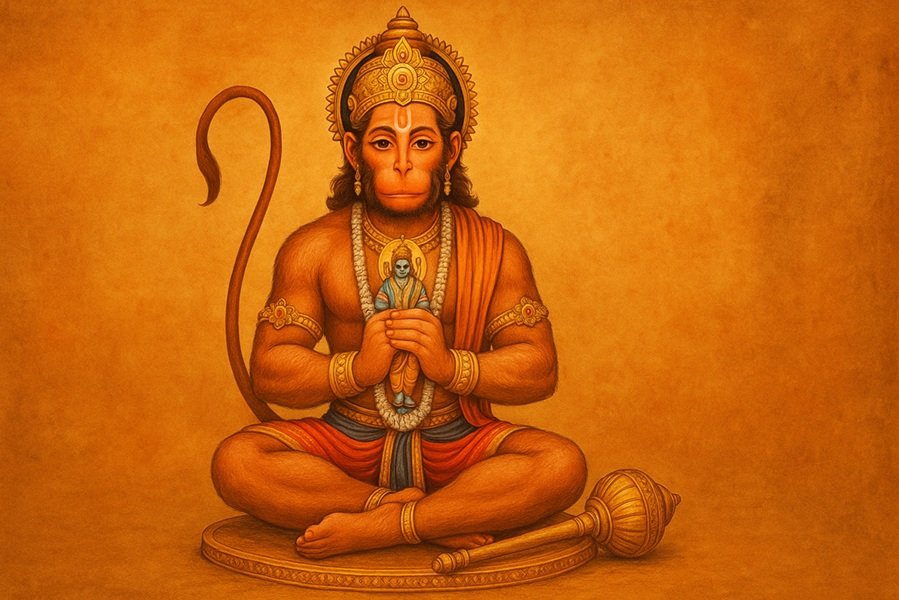
The Indian Constitution, adopted on January 26, 1950, lays the foundation for the governance of the Republic of India. One of its fundamental provisions is Article 1, which defines the nature and territory of India. As the opening article of Part I of the Constitution, it holds significant importance in understanding the country’s federal structure and its territorial integrity.
Text of Article 1
Article 1 of the Indian Constitution reads as follows:
Name and Territory of the Union
(1) India, that is Bharat, shall be a Union of States.
(2) The States and the territories thereof shall be as specified in the First Schedule.
(3) The territory of India shall comprise —
- the territories of the States;
- the Union territories specified in the First Schedule; and
- such other territories as may be acquired.
Read This: Bharat and India: Understanding the Dual Identity
Key Features of Article 1
1. India as a Union of States
Article 1 declares India as a “Union of States.” This phrase emphasizes the following aspects:
- Indivisibility: India’s unity is paramount. Unlike a federation, where states have the option to secede, the Indian Constitution does not grant such rights to its states.
- Centralized Framework: While India has a federal structure, the term “Union” signifies a strong central government with states as integral parts of the nation.
2. Name of the Country
The article recognizes “India” and “Bharat” as interchangeable official names for the country. The dual nomenclature reflects the cultural and historical significance of the two terms:
- India: Derived from the River Indus, a name used in historical and international contexts.
- Bharat: Rooted in ancient Indian texts and traditions, symbolizing the cultural heritage of the subcontinent.
3. Territory of India
Article 1 defines the territorial scope of India, which includes:
- States: Federating units specified in the First Schedule of the Constitution.
- Union Territories: Administered directly by the Central Government.
- Other Territories: Areas that may be acquired by India through various means, such as treaties or agreements.
Implications of Article 1
1. Territorial Integrity
The inclusion of all states, union territories, and acquired territories under the term “territory of India” ensures the territorial integrity of the nation. This provision grants Parliament the authority to reorganize state boundaries or integrate new territories into the Union.
2. Uniformity with Diversity
By describing India as a “Union of States,” Article 1 acknowledges the country’s vast diversity while ensuring unity. It reflects a delicate balance between federalism and centralization.
3. Inclusion of Acquired Territories
The provision to include “other territories” allows India to expand its boundaries when necessary. For example, the incorporation of Goa, Daman, and Diu in 1961 and the merger of Sikkim as a state in 1975 were facilitated under this clause.
Historical Context
The drafting of Article 1 drew inspiration from several global constitutions but retained a unique Indian perspective. The term “Union of States” was introduced by Dr. B.R. Ambedkar, the Chairman of the Drafting Committee, to signify the indestructible nature of India’s unity.
During the Constituent Assembly debates, members emphasized the importance of creating a strong, unified nation while respecting regional diversity. The use of “India, that is Bharat” was a result of extensive discussions to reflect both modern and traditional identities of the nation.
Judicial Interpretation
The Supreme Court and various High Courts have interpreted Article 1 in several landmark cases:
- Berubari Union Case (1960): The Supreme Court clarified that the territory of India includes all territories specified in the First Schedule. It also ruled that transferring territory to another country requires a constitutional amendment.
- Reorganization Cases: Judicial interventions have often addressed disputes arising from the reorganization of states and territories, emphasizing the central government’s authority under Article 1.
- Union Territories and Acquired Territories: Courts have consistently upheld the central government’s power to administer union territories and integrate acquired regions under the Indian Union.
Comparison with Other Countries
India’s federal structure, as outlined in Article 1, is distinct from other federations such as the United States or Canada. While the U.S. Constitution provides states the option to ratify or withdraw, India’s Union of States ensures indivisibility. This model is more similar to Canada, where provinces are also integral parts of the country without secession rights.
Significance of Article 1 in Modern India
- Strengthening National Unity: By declaring India as a Union, Article 1 underscores the country’s collective identity, transcending linguistic, cultural, and regional diversities.
- Facilitating Reorganization: The provision has enabled the peaceful reorganization of states, ensuring administrative efficiency and meeting regional aspirations.
- Safeguarding Sovereignty: The inclusion of acquired territories reinforces India’s sovereignty and its ability to integrate new regions.
Conclusion
Article 1 of the Indian Constitution is a cornerstone of the nation’s federal structure and territorial integrity. It lays the foundation for India’s unity in diversity, balancing the rights of states with the authority of the Union. As India continues to evolve, Article 1 remains a vital element of its constitutional framework, symbolizing the strength and resilience of the nation.






